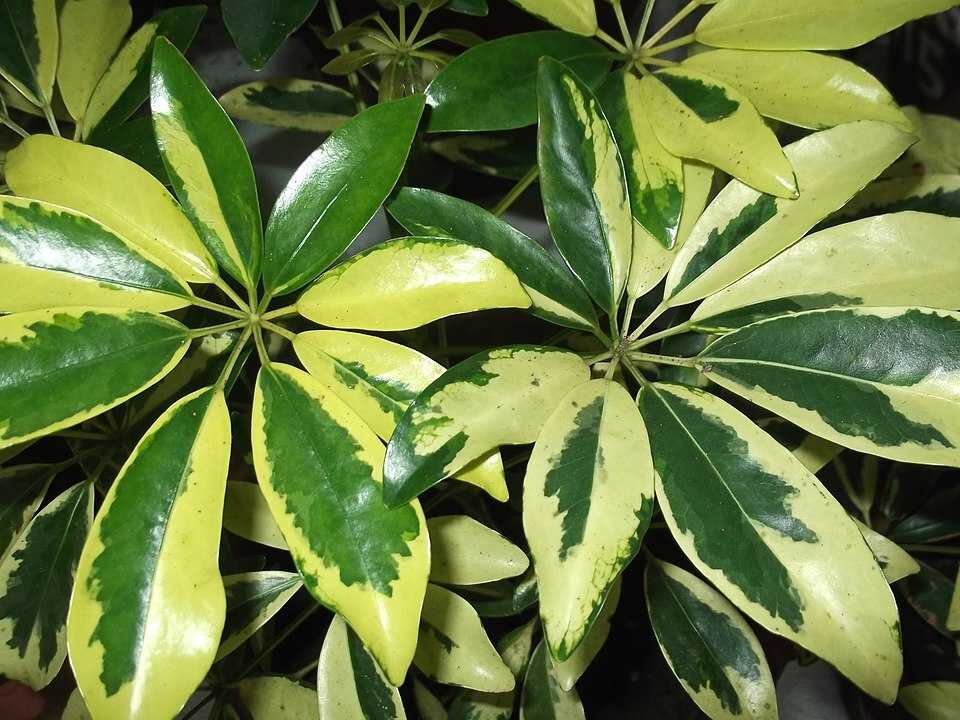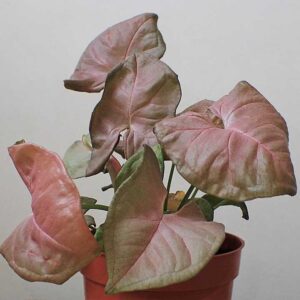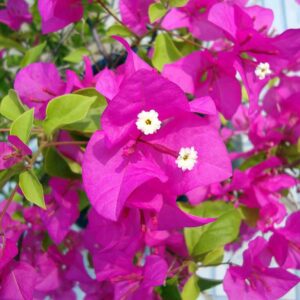Introduction
Schefflera or Saplera is a species of flowering plant in the family Araliaceae, scientifically known as Schefflera arboricola . It is a small tree or shrub that can grow up to 4 meters in height and is native to Taiwan.
Schefflera plant is characterized by its glossy green leaves, which are divided into several leaflets that radiate from a central point, giving it the appearance of an umbrella. It is a popular houseplant due to its attractive appearance and ease of care, making it a great addition to any indoor garden.
Click on the headings to read more!
Benefits
Schefflera is not only an attractive houseplant, but it also offers several benefits. Here are a few of them:
Air purification:
Schefflera plant can help purify the air by removing pollutants such as formaldehyde, benzene, and trichloroethylene.
Stress relief:
Being around plants can help reduce stress and improve mood, and Schefflera is no exception. Its attractive appearance can help create a relaxing atmosphere and promote feelings of well-being.
Health benefits:
Some studies suggest that being around plants can boost the immune system, reduce blood pressure, and improve concentration and productivity.
Easy to care for:
Schefflera is a low-maintenance plant that is easy to care for, making it an ideal choice for those who want to add some greenery to their home without a lot of fuss.
Disadvantages
Although Schefflera has several benefits, it also has a few potential disadvantages. Here are some of them:
Toxicity:
Schefflera plant is toxic to pets and humans if ingested, so be sure to keep it out of reach and seek medical attention immediately if ingested.
Allergies:
Some people may have an allergic reaction to the plant’s sap or pollen, so it’s important to take precautions and avoid contact if you notice any allergic symptoms.
Pest problems:
Schefflera is susceptible to spider mites and other pests, which can be difficult to control. Regular inspection and proper care can help prevent pest problems.
Plant care
Light:
Schefflera plant can be grown both indoors and outdoors. When grown indoors, it is a popular houseplant due to its attractive appearance and ease of care. It prefers bright, indirect light and can be placed near a window or in a well-lit room. When grown outdoors, it is usually grown in tropical or subtropical regions where temperatures do not drop below freezing.
Water:
Water the plant only when the top inch of soil feels dry. Use well-draining soil and avoid overwatering, especially during winter or in cooler temperatures. Check soil moisture with a finger or moisture meter to ensure the plant receives the right amount of water
Humidity:
The plant prefers high humidity levels, which can be achieved by misting the leaves regularly or placing a tray of water near the plant.
Temperature:
Schefflera prefers temperatures between 18-24°C (65-75°F) and can tolerate cooler temperatures, but not frost.
Fertilizer:
Feed the plant with a balanced, water-soluble fertilizer every two weeks during the growing season (spring and summer), and reduce fertilization during the fall and winter months.
Pruning:
Prune the plant to maintain its desired size and shape, and to remove any dead or yellowing leaves. Pruning also encourages new growth and can help prevent the plant from becoming too leggy.
Repotting:
Repot the plant into a slightly larger pot every 2-3 years, using a well-draining potting mix.
Propagation
Schefflera plant can be propagated through a few different methods:
Stem cuttings:
Take a stem cutting with several leaves and remove the lower leaves. Apply rooting hormone to the cut end and plant it in a well-draining potting mix. Keep the soil consistently moist and place the cutting in a warm, brightly lit area that’s shielded from direct sunlight. Within 2-4 weeks, roots should develop.
Air layering:
This method involves creating a new root system on a branch while it’s still attached to the parent plant. Make a small cut on the stem, wrap it with damp sphagnum moss, and cover it with plastic wrap. After a few weeks, roots should form in the moss. Once roots have formed, cut the branch off the parent plant and plant in a pot.
Division:
To propagate Schefflera through division, separate the plant into smaller sections. Begin by removing the plant from its pot and gently separating the roots into smaller clumps. Afterward, transplant each clump into a separate pot filled with fresh potting soil.



